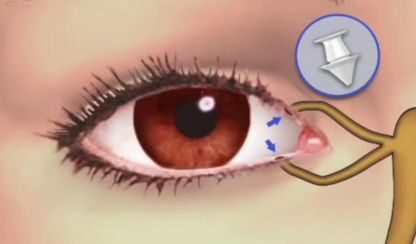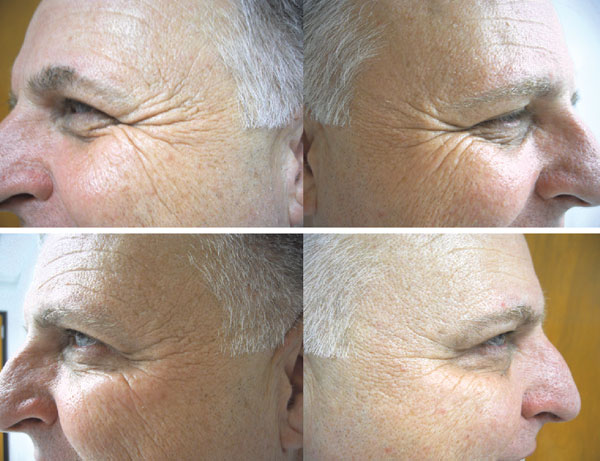Glaucoma, a group of diseases that leads to damage of the optic nerve, is one of the leading causes of blindness worldwide. Left untreated, glaucoma causes permanent vision loss and blindness. Given that it is so common (it affects about 3 million people in the US alone) and there are many available treatments for it, why are so many people losing their vision?
Unfortunately, glaucoma is usually not accompanied by symptoms such as pain, and the early vision changes it causes can be so subtle that many people are not aware they suffer from glaucoma until it is in advanced stages. That is why regular eye exams to screen for the development of glaucoma are so important.
There are many factors to consider when evaluating glaucoma, and the diagnosis is often made over the course of several office visits and tests. The treatment typically involves lowering the pressure inside the eyes (IOP) by reducing the amount of fluid in our eyes. When diagnosed early, eye drops and laser are usually effective treatments, but in advanced stages, surgery is often required.
Previously, the only options to treat advanced glaucoma were complex, invasive surgeries, such as a glaucoma tube implant or trabeculectomy, which require intensive post-operative care. Recently, advancements in the glaucoma field have led to procedures that are effective and much less invasive. In this article, we will focus on three new advancements: Xen gel stent, CyPass micro-stent, and iStent.
The Xen gel stent is a collagen device about the width of a human hair that is implanted to create a passageway (think tunnel) from the inside of the eye to the area underneath the conjunctiva (the “skin” of the eye). The fluid drainage helps keep eye pressure within a safe range. The Xen gel stent can achieve the same function as a trabeculectomy, but is less invasive and generally has fewer complications. It is an excellent treatment for more advanced glaucoma cases.
The CyPass and iStent can be used to treat mild to moderate glaucoma. The CyPass is a tube implanted between certain layers of the eye to, again, create a passageway for fluid to escape the eye. The iStent is a 1 mm surgical grade titanium stent that is placed directly into the natural drainage area of the eye to help fluid escape the eye. Both implants can be done at the same time as cataract surgery and clinical trials have shown that patients who have an implant (CyPass or iStent) with cataract surgery have lower eye pressures after surgery than in those patients who received cataract surgery alone.
With surgical treatments, patients are often able to reduce the number of anti-glaucoma medications they use and still maintain their vision.
Dr. Le-Nguyen is a fellowship-trained glaucoma specialist with Desert Eye Associates. For more information call (760) 342.6900 or visit DeaEyes.com.
Sources: 1) https://www.aao.org/eye-health/diseases/what-is-glaucoma; 2) https://www.aao.org/headline/fda-approves-xen-gel-stent-glaucoma; 3) https://www.aao.org/eyenet/article/migs-options-increase-with-fda-approval-of-cypass; 4) Vold S, Ahmed IIK, Craven ER, et al; for the CyPass Study Group. Two-year COMPASS trial results: supraciliary microstenting with phacoemulsification in patients with open-angle glaucoma and cataracts. Ophthalmology. 2016;123(10):2103-2112; 5) Resende, patel et al. IStent Trabecular Microbypass Stent: An Update. J Ophthalmology. 2016;2016:2731856; 6) Samuelson T. W., Katz L. J., Wells J. M., Duh Y.-J., Giamporcaro J. E. Randomized evaluation of the trabecular micro-bypass stent with phacoemulsification in patients with glaucoma and cataract. Ophthalmology. 2011;118(3):459–467.













































Comments (0)